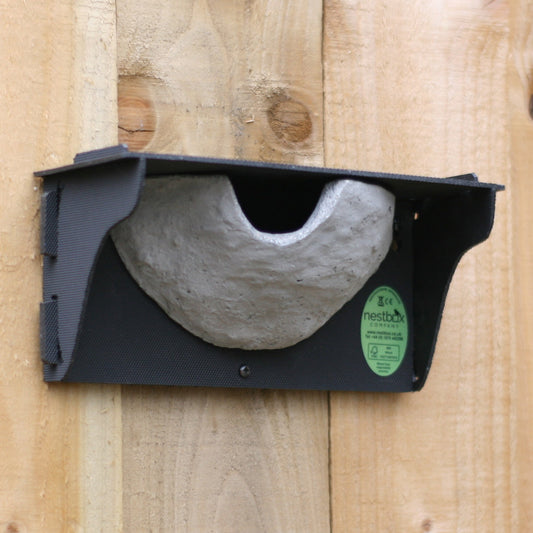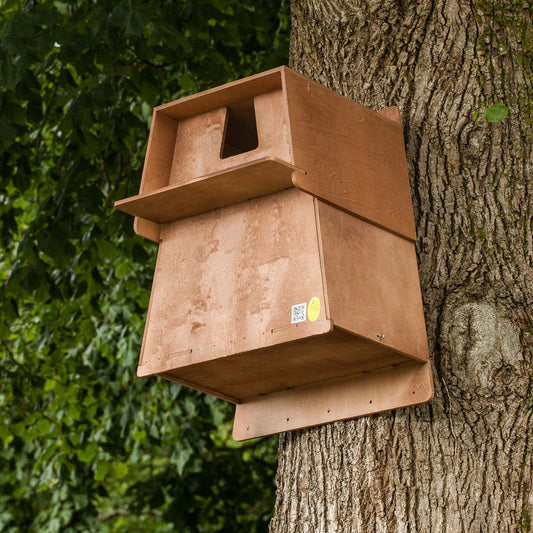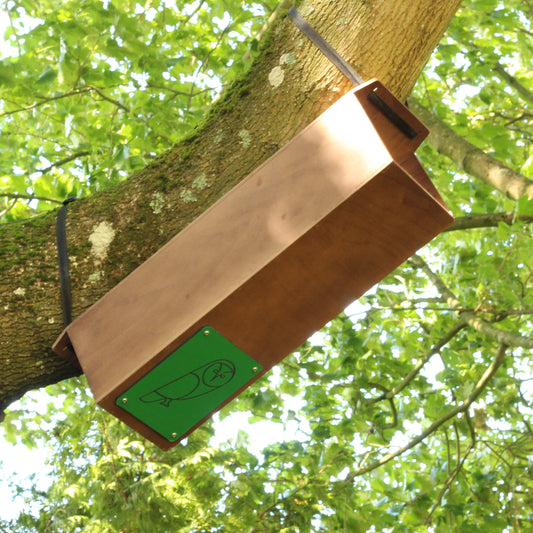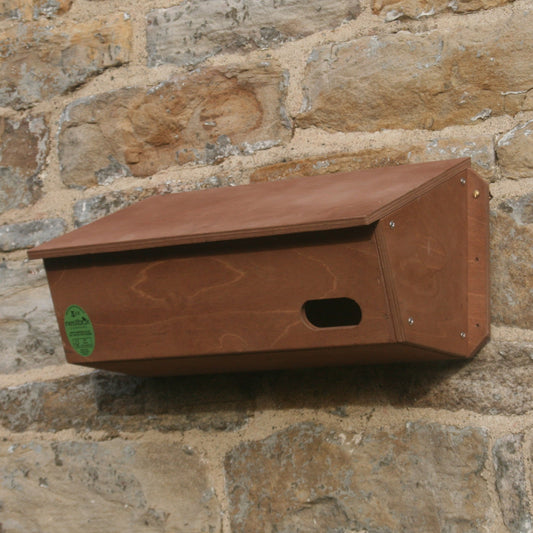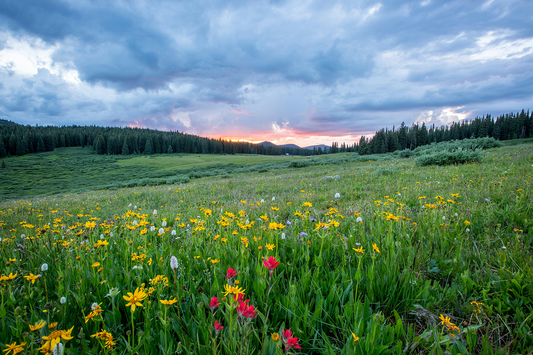
Attracting Tawny Owls to Your Garden
Share
The Tawny Owl (Strix aluco) is a captivating nocturnal bird of prey that calls the United Kingdom home. Recognized for its distinctive hooting calls, these owls are a familiar presence in woodlands, parks, and even suburban areas across the country.
Tawny Owls are medium-sized with a rounded appearance, showcasing a mix of brown and gray plumage that provides excellent camouflage amidst the trees. Their keen nocturnal hunting skills make them efficient predators, preying on small mammals, birds, and insects.
Despite being widespread in the UK, Tawny Owls are often heard more frequently than seen due to their secretive nature. Their haunting calls during the night contribute to the enchanting atmosphere of British woodlands, creating a unique connection between nature and the human inhabitants.
Understanding and appreciating the habits and preferences of Tawny Owls can offer a delightful opportunity to coexist with these magnificent birds, enhancing the natural diversity of our surroundings.
Attracting tawny owls to your garden can be an enjoyable and rewarding experience. Tawny owls are nocturnal birds of prey, so creating a suitable environment and providing the right resources can increase your chances of attracting them. Here are some tips:
Nesting Boxes:
- Install owl nesting boxes in your garden.
- Place the nesting box high in a tree to mimic a natural nesting environment.
- Ensure the box is secure and protected from predators.
Natural Habitat:
- Preserve or create a natural habitat with a variety of trees.
- Leave some dead wood in your garden to attract insects, a food source for owls.
Roosting Places:
- Install roosting platforms or perches in high places for owls to survey the area.
Food Sources:
- Provide a suitable food source such as small mammals, birds, and insects.
- Allow some areas of your garden to grow naturally to encourage a diverse range of prey.
Water Source:
- Install a birdbath or a small pond to provide a water source for owls and their prey.
Reduce Noise and Light Pollution:
- Minimize noise and light in your garden as owls are sensitive to both.
Avoid Chemicals:
- Use natural and owl-friendly gardening practices, avoiding pesticides and other harmful chemicals.
Be Patient:
- Attracting owls may take time, so be patient and consistent in creating a suitable environment.
Remember that tawny owls are wild animals, and it's essential to respect their natural behavior. Observing them from a distance and without disturbing their activities is crucial for their well-being. Additionally, check local regulations and guidelines regarding the installation of nesting boxes and other wildlife-friendly features in your area.

